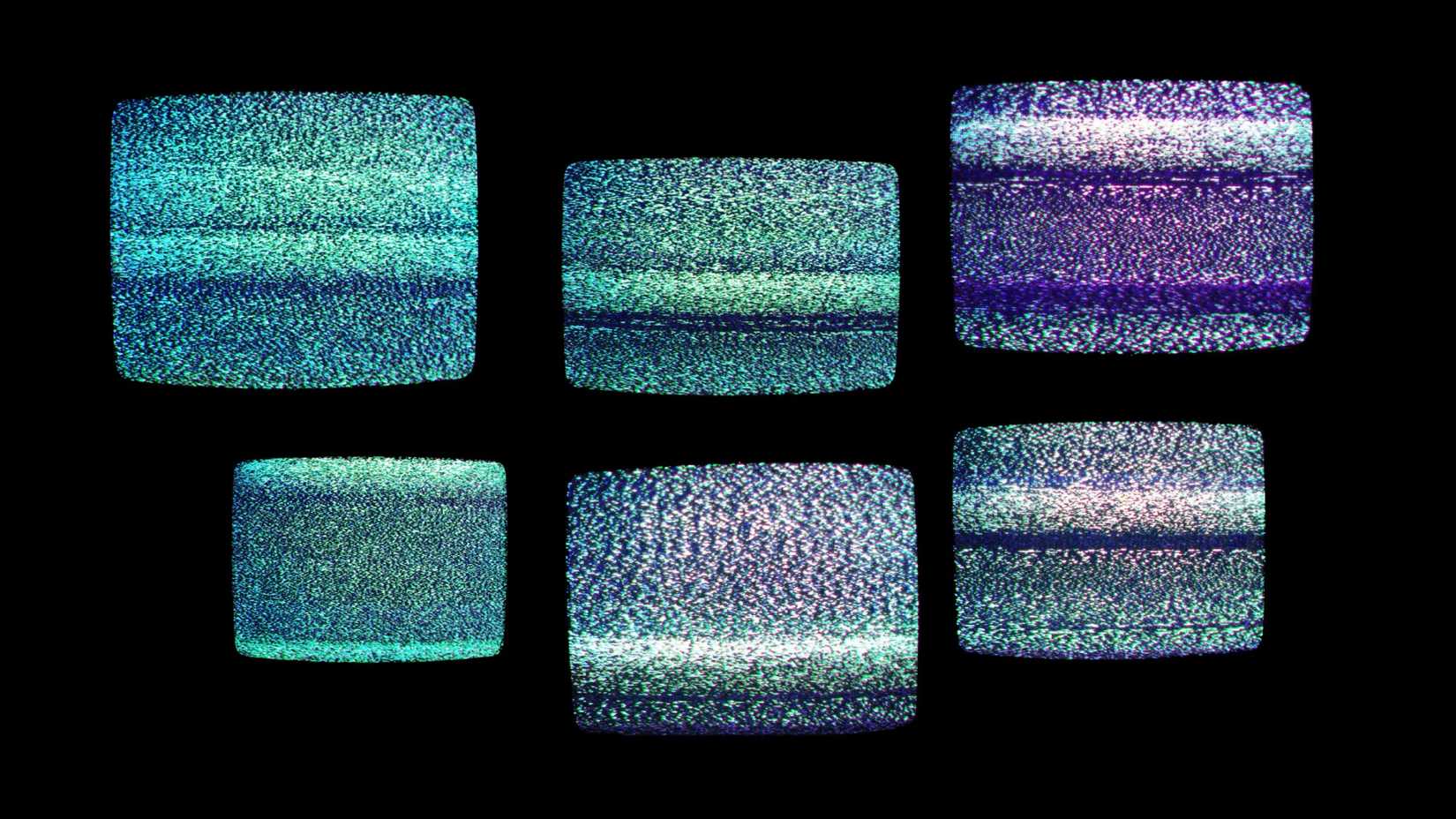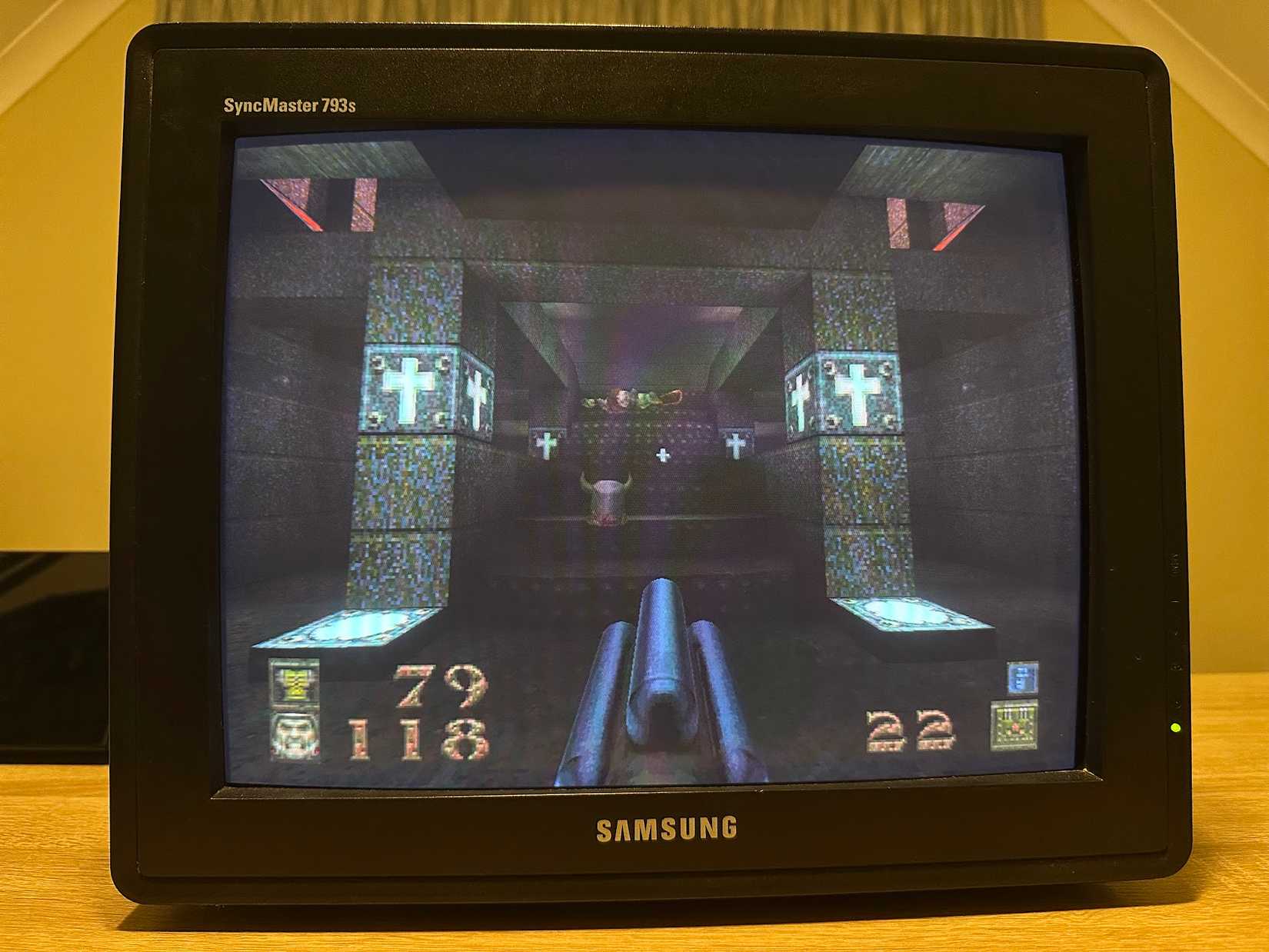You may have noticed a resurgence in enthusiasm for both old-school CRT TVs, and music on vinyl records. On the surface, both of these movements might seem like the same sort of nostalgic silliness, but the truth is that the rediscovery of these technologies are driven by very different things.
In my opinion, the rising popularity of vinyl music (and now cassette tapes for some strange reason) is rather misguided, but the demand for CRT TVs from enthusiasts has legitimate, objective motivations driving it.
4
CRTs Are Actually Dying
CRT manufacturing for mainstream buyers stopped about two decades ago. Even the recycling and refurbishment of CRTs has been over for a decade at this point. Whatever CRT TVs and monitors that exist in the world today, are it. The knowledge and tools to maintain them are slowly going away as well. Which means that our time with CRT technology is limited, preserving them has real significance, and people who have them should enjoy them while they can.
In contrast, we can still make record players, and arguably we’re now making them better than ever before. Likewise, there’s no issue with spooling up a vinyl-pressing facility. Unlike CRTs which are difficult and expensive to manufacture, record players and records are orders of magnitude simpler. Even if the vinyl fad goes away again, bringing it back when the next generation of people revive their interest will always be possible.
3
They Have Unique Technical Capabilities
Despite what vinyl enthusiasts might say about their subjective experience of vinyl records, modern lossless digital music has objectively surpassed this older media format in every way.
What people really like about vinyl records is the way they were mastered, which is a byproduct of the harsh limitations enforced by the nature of recording audio as grooves on a vinyl disc. You can get the precise details about this in the seminal video The Truth About Vinyl, which lays everything out in simple, clear detail.
If you made a lossless digital recording of a vinyl, you’d have no way of telling the two apart in a blind listening test, and vinyl versions of modern albums are almost all recorded, mixed, and mastered digitally, so all the arguments about supposedly “choppy” digital audio go right out the window when you’re listening to that very same audio, but simply pressed on a vinyl disc.
CRTs, on the other hand, have clearly measurable and objective advantages over even the best flat-panel displays in use today, and definitely when compared to the mainstream LED LCD TVs most people are using as of this writing. Even the best OLED panels can’t match CRTs for low latency, motion handling, and no need to scale images to a “native” resolution. So wanting a CRT to view certain content isn’t just nostalgia, it’s a genuine improvement over the alternatives. We need special shaders and displays with refresh rates several times faster than most TVs and monitors today, to simulate what a CRT can do naturally.
If you want to play games that were designed to be viewed on a CRT, the best solution is to use a CRT. You can get some of the same effect using various tricks, but there’s just no substitute yet. Running my PlayStation 1 on my 34″ Sony Trinitron TV looks miles better than my 55-inch LG OLED, or even the 4:3 miniLED screen of my iPad Pro running the same games via emulation. It’s hard to convey this with photos or videos, but in-person the difference is clear.
So if you want to play classic pixel art games, use light guns, or enjoy SD TV content from the CRT era, these big tube TVs are the best tool for the job until modern display technology can catch up completely.
Vinyl? There’s nothing preventing anyone from digitally mastering music to sound indistinguishable from a vinyl record. So vinyl itself isn’t actually necessary for the auditory component of what people say they like about this format.
1
They Don’t Need Nostalgia to Justify Their Use
Of course, all the ritual, pomp, and circumstance of collecting and playing vinyl records (which is probably the real appeal for many, and that’s fine) isn’t something loading up a FLAC file can replicate. From my point of view, it’s nostalgia for a time (whether you lived it or not) that drives people to like and play vinyl. All the claims about audio fidelity and “warmth” are a rationalization for this.
While there are certainly people who feel nostalgia for CRTs, and it can absolutely be a part of it, they are usually happy with a scanline filter or something similar in an emulated game. Buying and maintaining a CRT isn’t fun, convenient, or easy. Especially when compared to picking up a cheap turntable on a whim. Which means that the people who actually go through with it tend to do so for cold, hard performance reasons—they are not the same.

